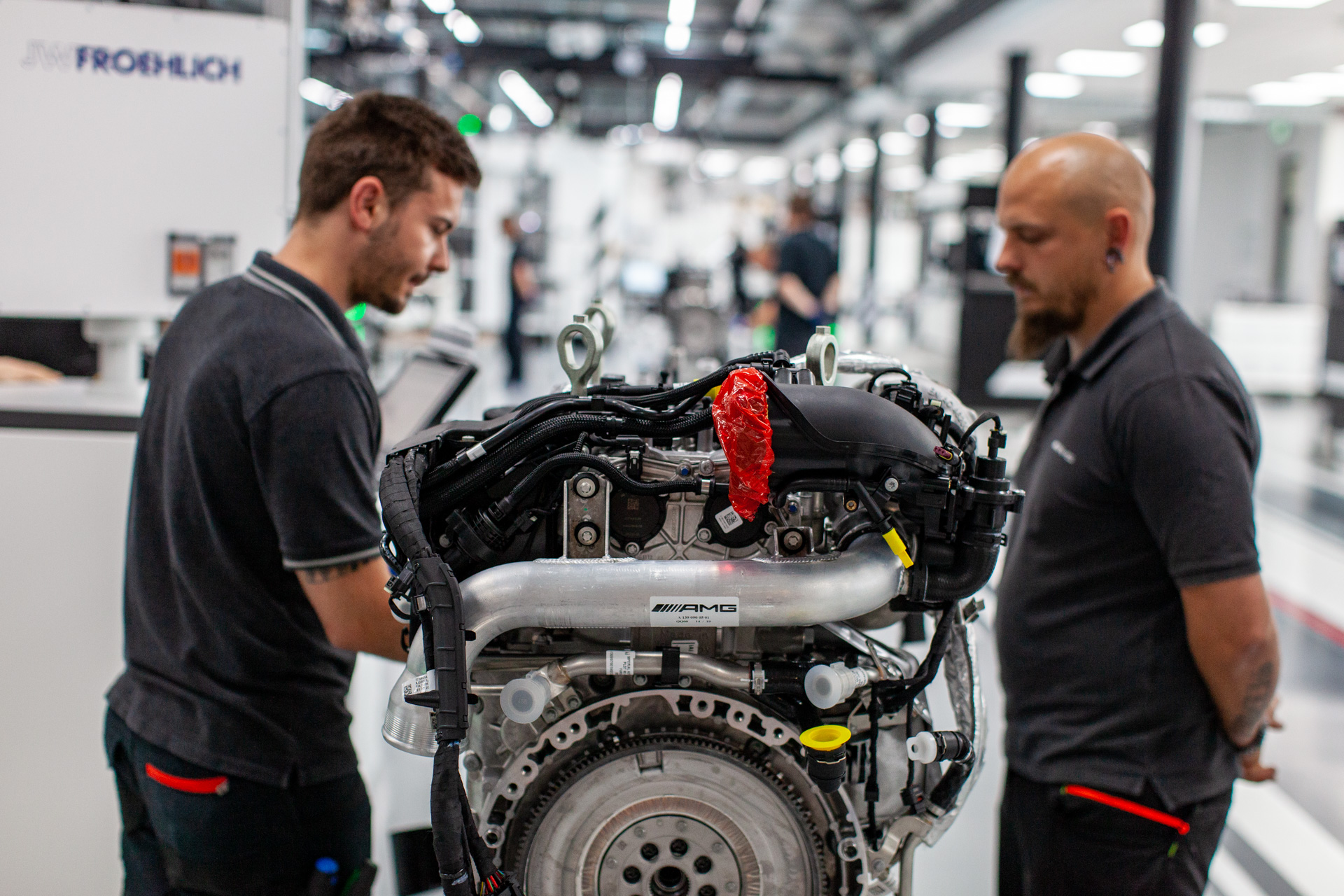Johnson
Emira Fanatic
- Joined
- Nov 19, 2021
- Messages
- 456
- Reaction score
- 676
- Location
- Tasmania, Australia
- Emira Status
- Emira Owner
Comparing the engine venting on the Emira to other rear-engined supercars, I’m wondering how effective the heat removal will be. Particularly if we’re not driving fast (so not a lot of intake); the temperature is 40 degrees Celsius (common in Oz); and the air conditioner is going full pelt (is it in the engine bay?).
My SW20 MR2 lid above the engine used to *cook* on hot days (vented metal). And it was only an atmo four…

My SW20 MR2 lid above the engine used to *cook* on hot days (vented metal). And it was only an atmo four…





